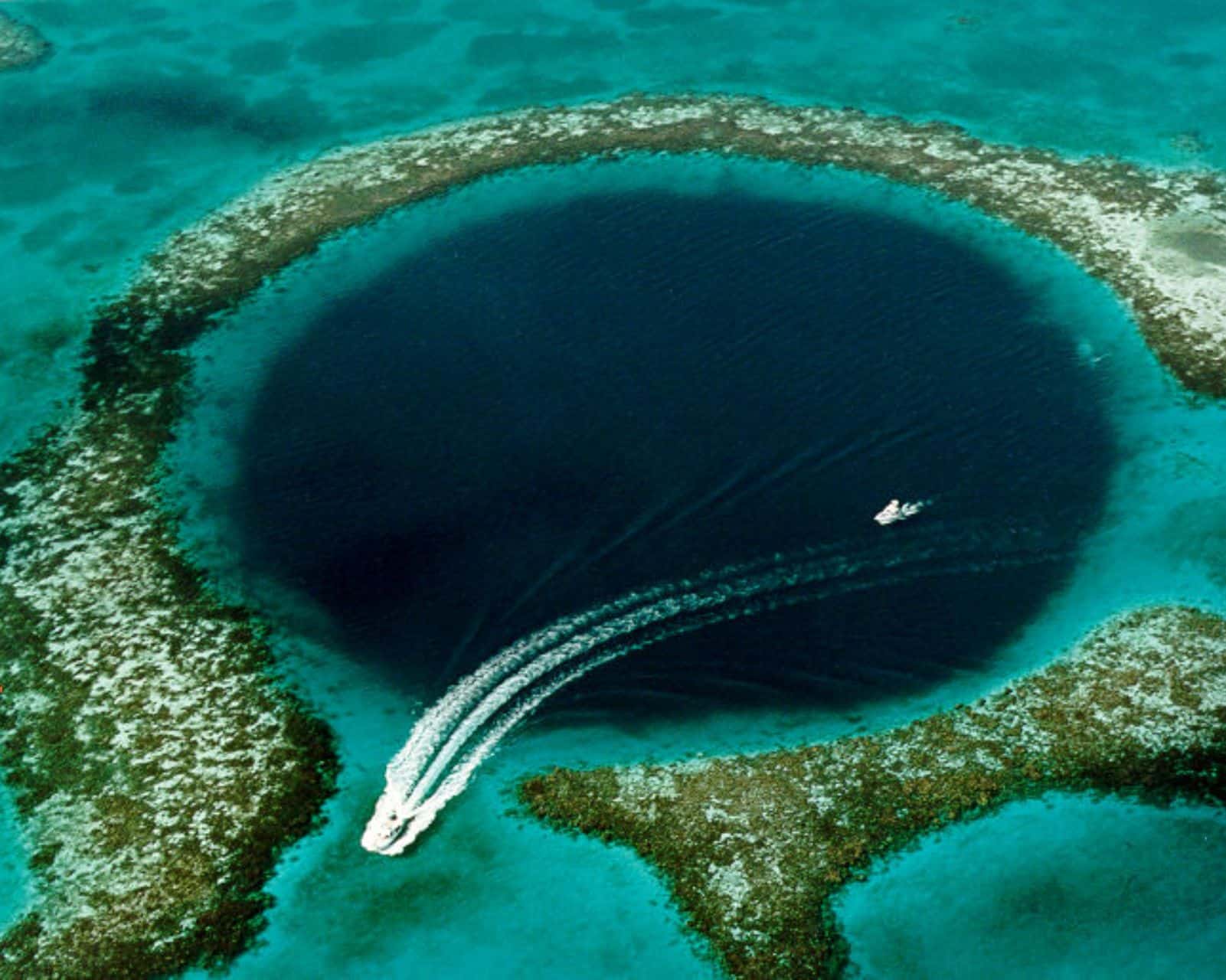

A new study from a team of international scientists has revealed that Belize’s Great Blue Hole contains a detailed, 5,700-year record of hurricanes and tropical storms, offering the longest continuous storm archive in the Atlantic region.
The massive marine sinkhole, located off the coast of Belize, is famous for its deep blue waters and striking circular shape. But beneath its surface lies more than geological wonder. A 30-meter sediment core extracted from its bottom has helped researchers reconstruct storm patterns spanning millennia — and their findings point to a troubling increase in extreme weather.
In 2022, researchers from Goethe University Frankfurt, along with teams from Germany and Switzerland, transported a floating drilling platform to the site. They drilled into the sinkhole’s floor and retrieved a core sample that, much like tree rings, displays annual layers of sediment.
Based on the study published in Science Advances, each layer captured material washed in by ocean storms. Coarse sand and reef debris—brought in by storm waves and surges—stand out against the smoother grey-green mud deposited during calm years. These lighter-colored storm layers helped the team identify and count 574 separate storm events in Belize’s Great Blue Hole.
Flying over the Great Blue Hole
A giant marine sinkhole of the coast of Belize

emmett_sparling | IG pic.twitter.com/DHsHV2gwV8
— TRVL Creative
(@TRVLCreative) June 14, 2020
Lead author Dr. Dominik Schmitt said the Blue Hole’s unique environment helped preserve the core in remarkable condition. The bottom layers are oxygen-free and undisturbed, allowing sediment to settle cleanly year after year.
The study shows that storm activity in the southwestern Caribbean has increased gradually over the past 6,000 years. Warmer sea-surface temperatures often coincided with more frequent storm layers in the core. On average, between four and 16 tropical storms and hurricanes passed over the region every century.
But the trend appears to be accelerating. In just the past 20 years, the sediment reveals nine major storm events—indicating a sharp rise compared to the long-term average.
“Our results suggest that some 45 tropical storms and hurricanes could pass over this region in our century alone,” said co-author Prof. Eberhard Gischler. “This would far exceed the natural variability of the past millennia.”
The researchers say natural climate variations do not explain the recent spike. Instead, they point to ocean warming linked to industrial-era human activity. Stronger La Niña weather patterns and rising sea temperatures create the perfect setup for frequent and intense storms.
The team notes that predictions about future storm frequency are often limited by the short history of modern weather records. The sediment core from the Great Blue Hole offers rare long-term context—and a stark warning about what may come.
Their findings underline a key message: the pace and intensity of tropical storms are increasing, and the changes are closely tied to modern global warming.
